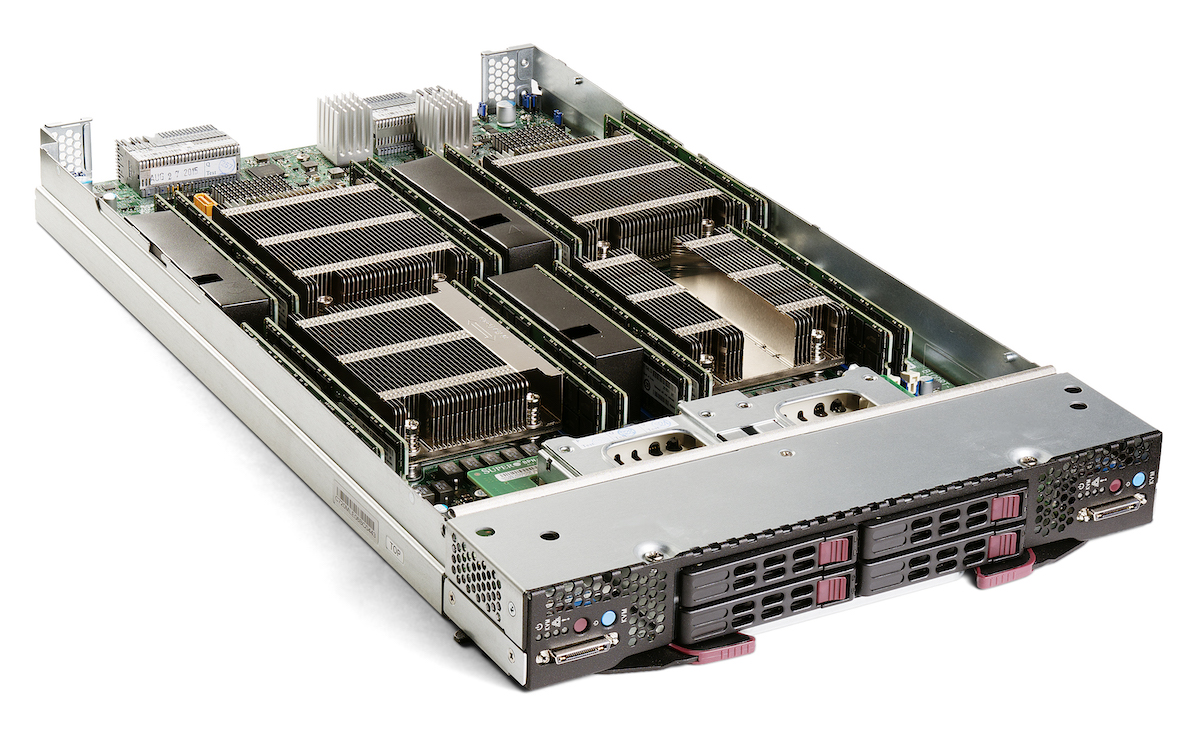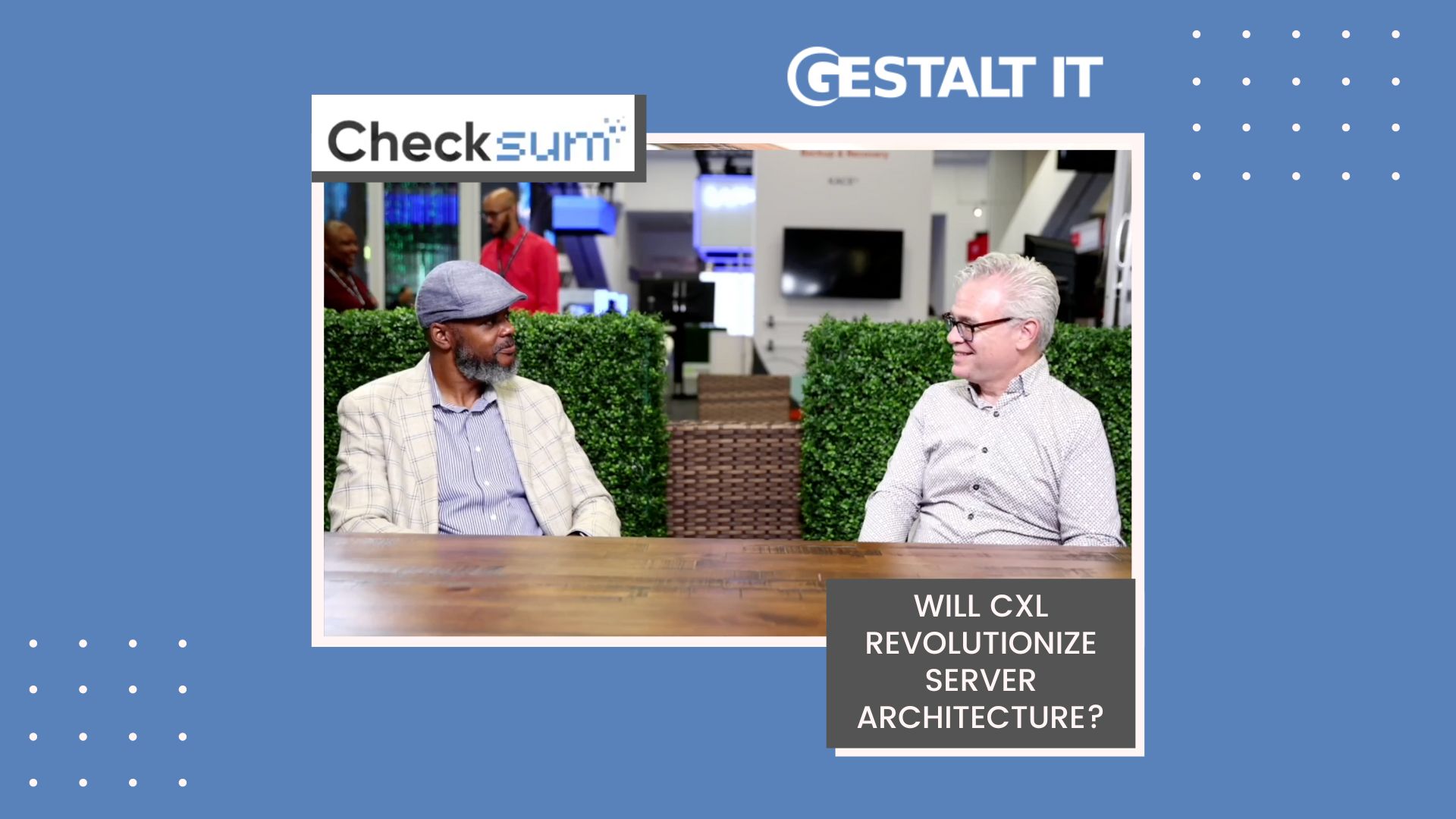I’ve been watching enterprise IT for over 20 years now, and I’ve seen some radical changes. In the server space, one of the biggest shifts was the form factor of the servers: From tower to rack-mount to blades. But what makes a blade server anyway? Let’s consider this for a moment, as we watch another shift in progress.

Cisco’s UCS B-Series is an exemplary modern blade system
Blade servers are easily recognized in the data centers, trade shows, and product catalogs of today: They’re the ones that nestle together in an enclosure, sharing some resources rather than standing on their own in a rack or on the floor. But what is the essential element that separates a blade from any other kind of server?
Let’s consider some defining characteristics of the blade server species:
- Physically, a rack-mounted blade enclosure contains a number of server blades. Each blade is smaller than a 19″ rack, allowing more to be packed into the same space. This contrasts with larger, self-enclosed tower or rack-mount servers.
- Server blades rely on the blade enclosure for critical supporting functions like power, cooling, and I/O ports, so they cannot stand alone. This further improves density and efficiency. Stand-alone servers, on the other hand, include these functions in their case.
- Blade systems include some sort of management device that monitors the blades and can control some of their functions. Conventional servers do not always have this kind of consolidated management.
- The blade chassis includes consolidated and shared I/O channels, ranging from keyboard, video, and mouse (KVM) to networking and storage (usually Ethernet and Fibre Channel). These add flexibility, since external ports can be shared by multiple blades and reconfigured without disruption.
- Blade systems are optimized for high availability, with hot-swap components everywhere from power to fans to the blades themselves. Since these are shared, it is more efficient to purchase redundant parts for a blade system than for each server individually.

HP’s blade systems (like this loaded c3000) make up half the market today
To me, these five elements are key to a modern blade system. Without them, a blade solution cannot meet the expectations of buyers (or the promises of vendors!) And what are these benefits? I took a look at the marketing materials for the leading companies in the space (HP, Dell, IBM, and Cisco), and this is what they promise:
- Efficiency — More processing power in a smaller footprint (physical size, power consumption, cooling, and weight)
- Manageability — Simpler and cheaper systems management
- Reliability — High availability thanks to redundant components
- Performance — Improved I/O performance thanks to shared network and storage features
- Flexibility — Simplified cabling that can be reconfigured in software




